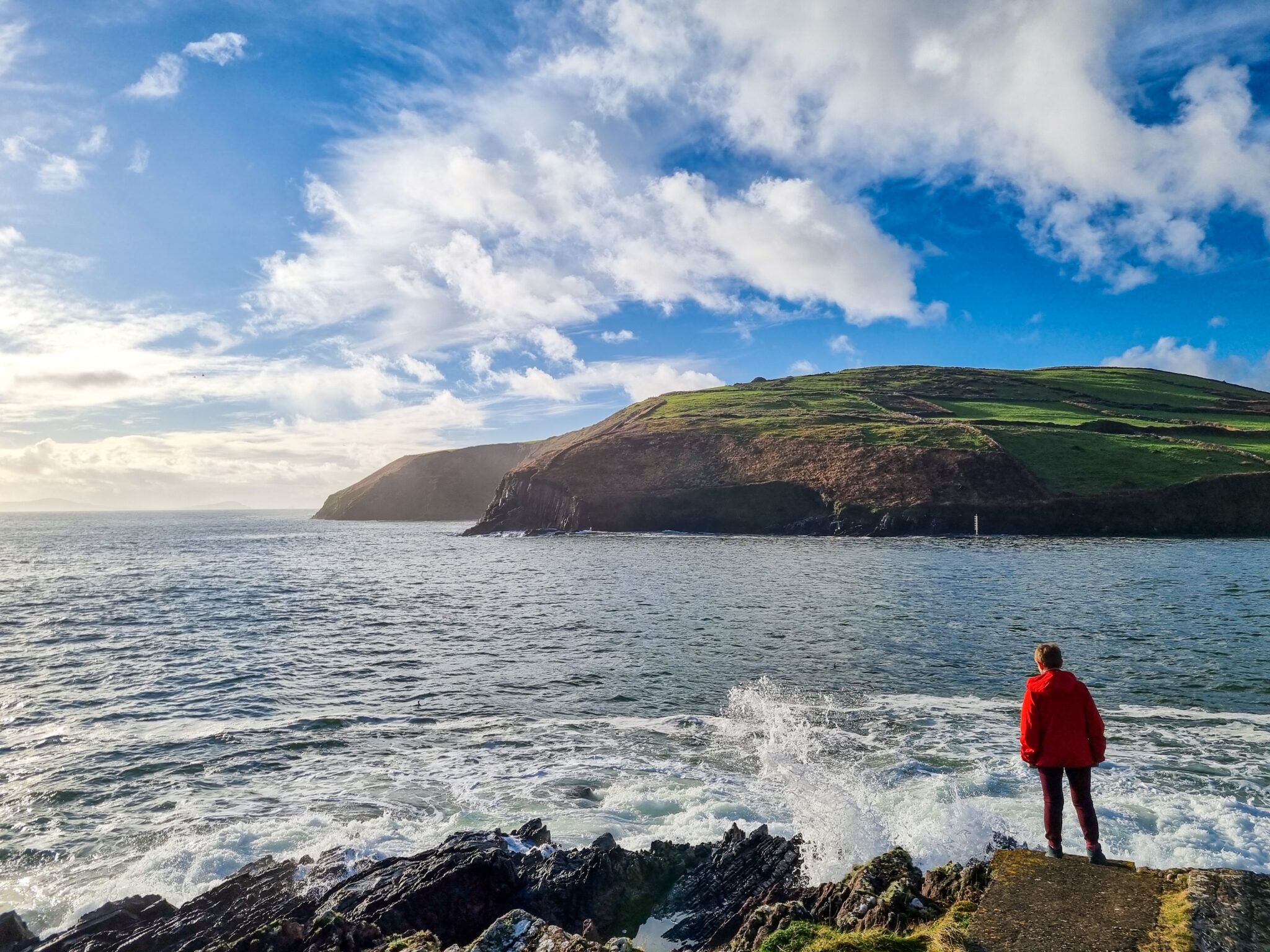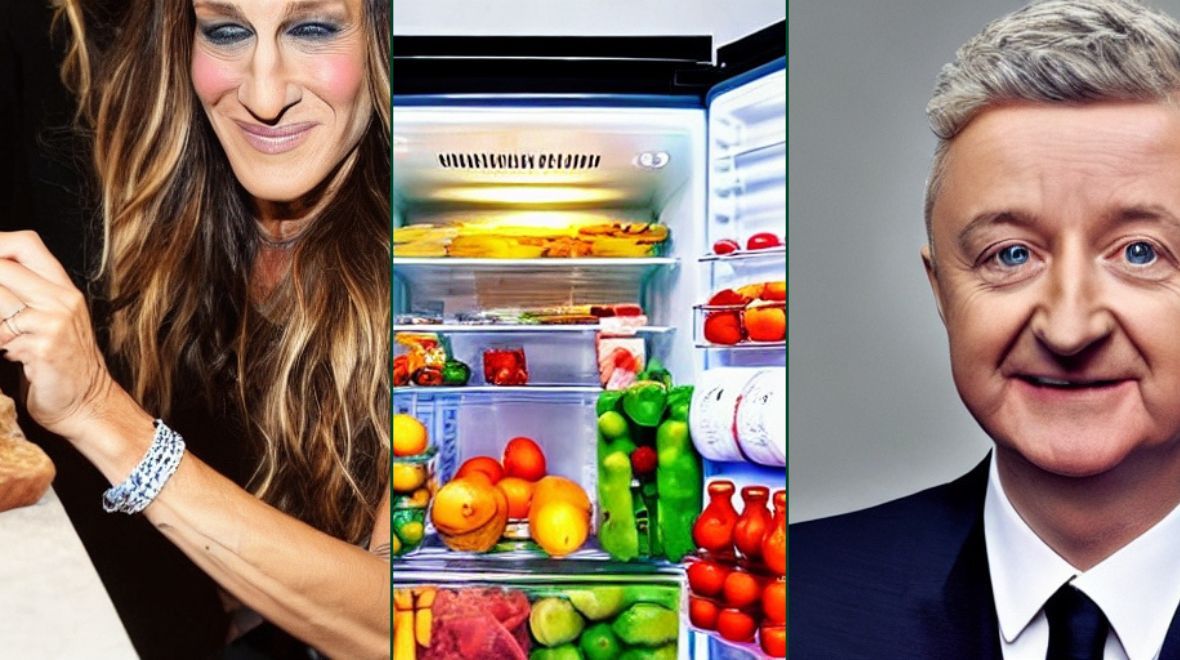History shows that it’s pretty foolish to build a business on the back of a social network.
Facebook, Twitter and others have a history of building up companies only to knock them down at the knees – and remind them who’s really in charge – by changing features, suddenly and without warning.
You may remember Zynga. They were the makers of FarmVille and a whole host of other games that racked up hundreds of millions of users in record time. Zynga acquired those users via super cheap targeted advertising (ads cost next to nothing at the start of Facebook) and crucially through viral notifications and the newsfeed.
Just as quickly as these games grew, though, they also faded. Not because of any change in the offering but because – quite simply – Facebook cut their access to the newsfeed.
Pretty much overnight they decided they would ditch games and focus on publishers, brands and large media and give them access to the newsfeed instead. It killed Zynga, and the only time they pop up in anyone’s newsfeed these days is when a business publication runs a story about their latest round of redundancies.
Exactly the same thing is happening media at the moment as Facebook makes another strategic shift and moves into the video space. You can chart the spectacular rise and fall of Zynga in this chart…

The Meteoric Rise Of ‘New’ Media On Facebook
Sites like Buzzfeed and Vice were able to piggyback the newsfeed over the last few years, venture-backed and growing at a pace similar to Zynga.
There are smaller examples in every country around the world; the new media companies curating memes, gifs, YouTube videos and other content on their blogs and getting massive viral distribution via Facebook.
It was like taking candy from babies, and the growth of the sites was only slowed if you stopped spending. The good sites have a strategy of both paid and organic reach and it has worked well for a couple of years, catching traditional media with their pants down.

Video Is Hijacking All The Newsfeed Space
You probably notice that you are seeing more and more videos when you log into Facebook; the network’s biggest change to strategy in years.
Because there are so many videos it means that there is less room to show links to traditional media stories – they’re still there, but video is taking over. The really smart media companies have already noticed this and are moving towards making their own video (check Buzzed, Business Insider etc) that they host directly on social channels.
It’s an expensive way to produce content, but publishers aren’t setting this agenda any more.
If We Lived In A World Where Women Catcalled Men…
Posted by BuzzFeed Video on Sunday, September 28, 2014
External Links Are Slow
Clicking on a link within the Facebook mobile app that loads in an external browser is slow and clunky; 10 seconds wouldn’t be unusual.
In a world obsessed with mobile and speed, Facebook has decided that sending people to websites and apps to consume content is no longer a good strategy. Bad news for content sites but good news if you post content that loads, reads or plays within Facebook itself.
Introducing Instant Articles from Facebook on Vimeo.
Facebook Has Built Publishers Up And Now Is Knocking Them Down
Whole businesses have been built by the waves of traffic Facebook has sent publishers.
Tens of thousands of journalists and curators have been hired around the world to publish content on cheap CMSs and then wrap ads around it – exactly in the same way Zynga rode the wave of the newsfeed.
And now, Facebook is effectively whipping the carpet out from underneath their feet by changing the algorithm.
This Is The Music Industry All Over Again
This is a fundamental change in how the media industry works – publishers have been used to selling ads around their own content on their own sites for so long, but that is all about to change.
Restricting access to the feed is the first step, but the new instant articles will be stage two. The reason they’ll work is because they load quicker. Memes, gifs, news stories, features etc will load within Facebook.
It is where the consumer wants their content and the exact same thing is happening on Snapchat at the moment. You’ll still be able to sell ads but you’ll be giving a % to Facebook (they say you’ll get 100%, but watch this space) – and once you go down this route and end-users get the much better user experience, it’ll become the norm.

The Firehose Is Returning To A Trickle
I have access to 10 sites (our own and those of friends) and I am seeing Facebook traffic decrease across the board.
Not by much, but do I see the exact same early signs I’ve seen at other times in Facebook’s history. I know other publishers are seeing the same. Many might think it’s their content, the “quiet summer” or some other reason.
It isn’t. Plain and simple it is Facebook tweaking and toning their muscles and getting ready for a punch that’s going to knock out a lot of slow-moving media organisations.
It was good while it lasted and it won’t happen overnight, but the free avalanches of traffic Facebook used to send are coming to an end with these algorithm changes. By the end of the year I’d expect the traffic Facebook sends to your site to be down at least 50%.
Get ready for a change.
Topics:
RELATED ARTICLES
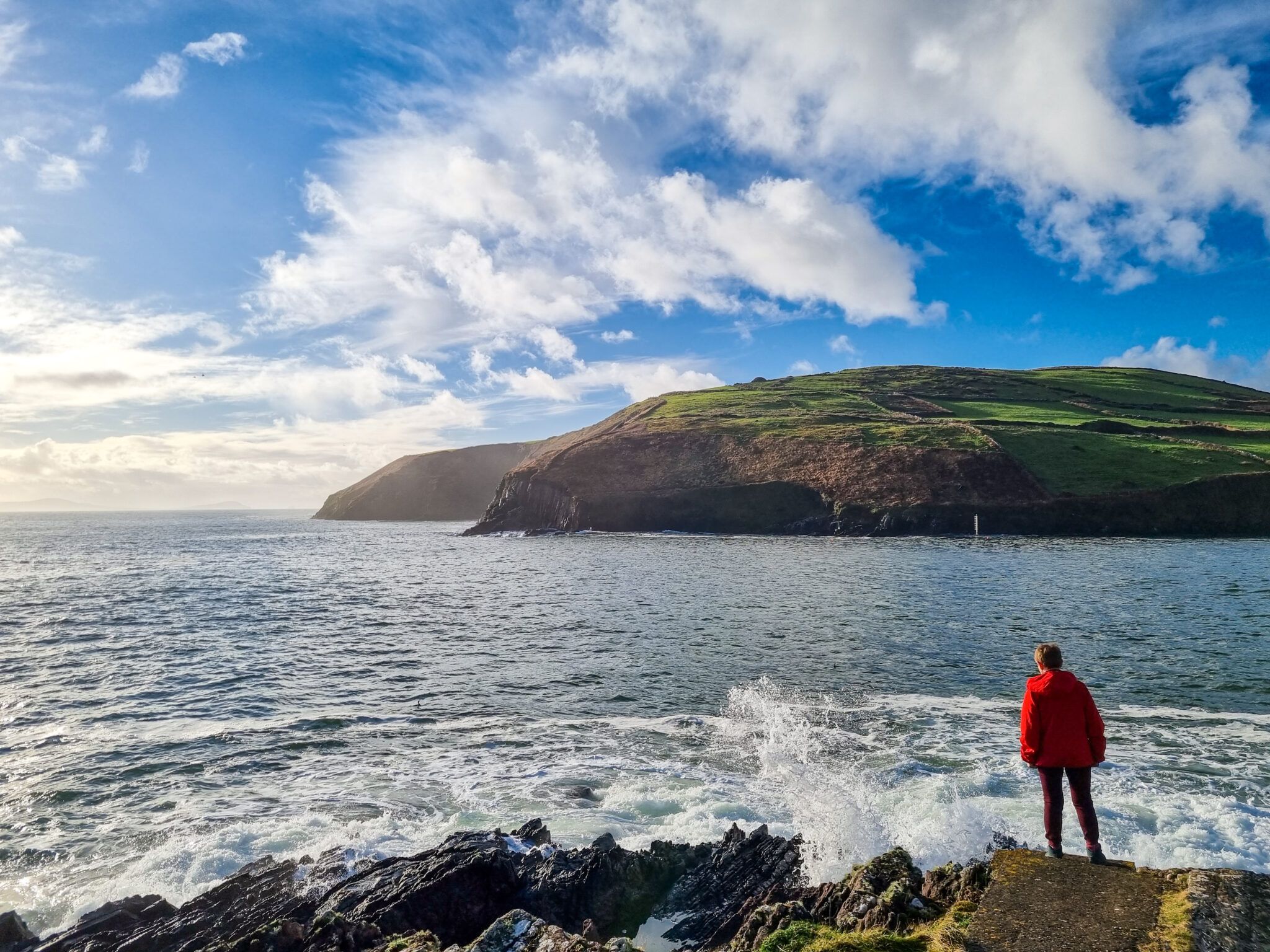
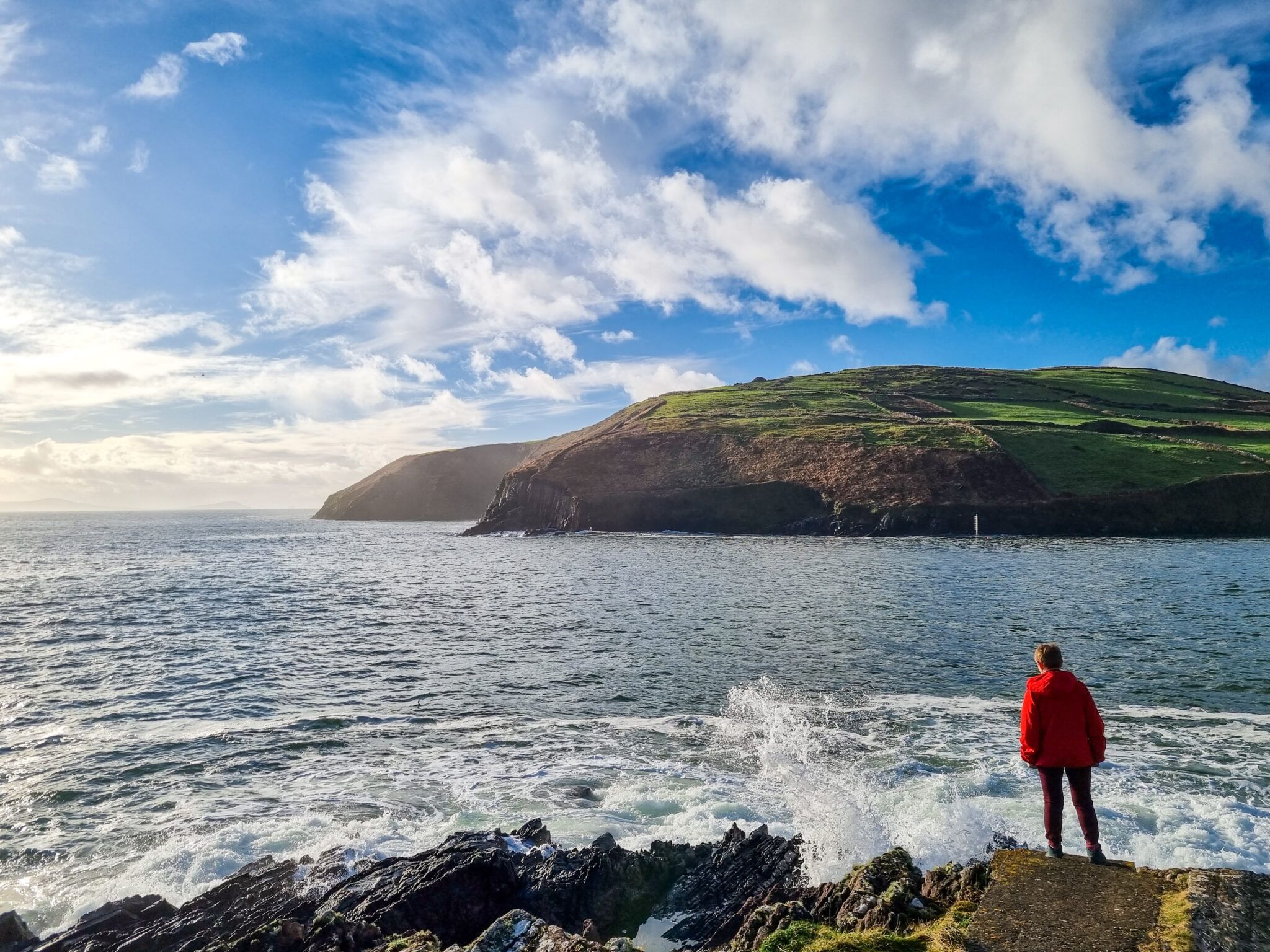




MORE FROM Lovin



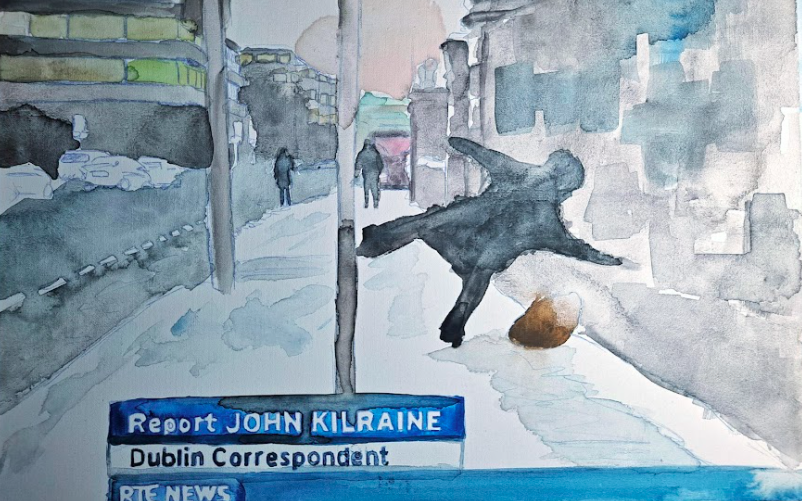

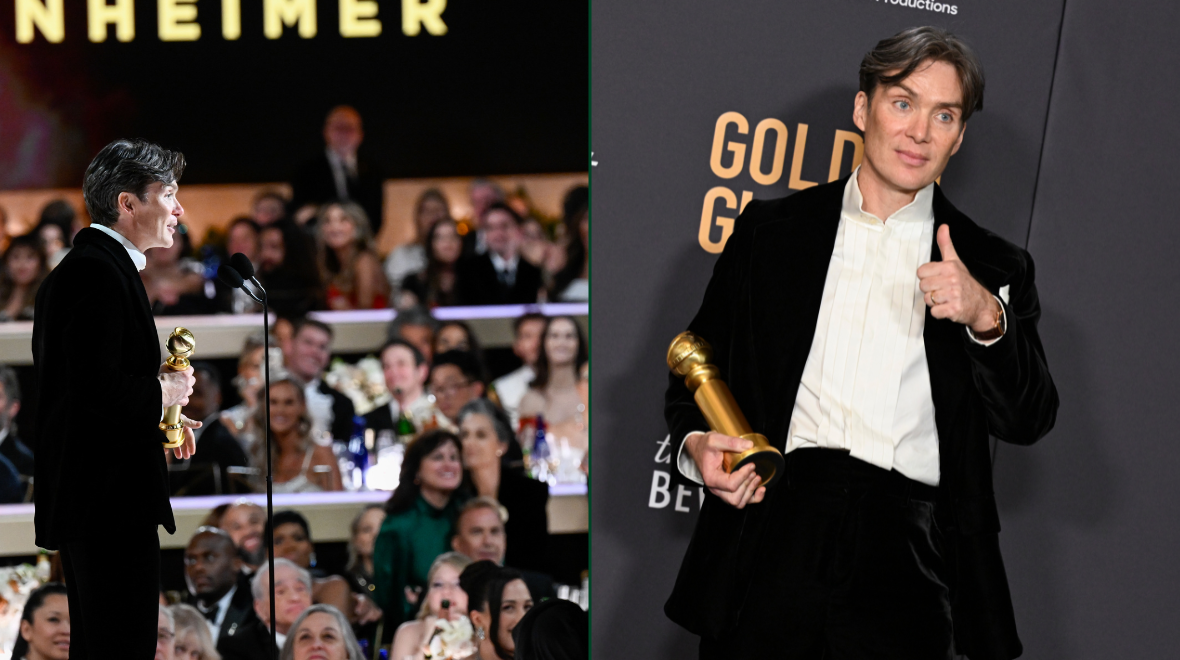











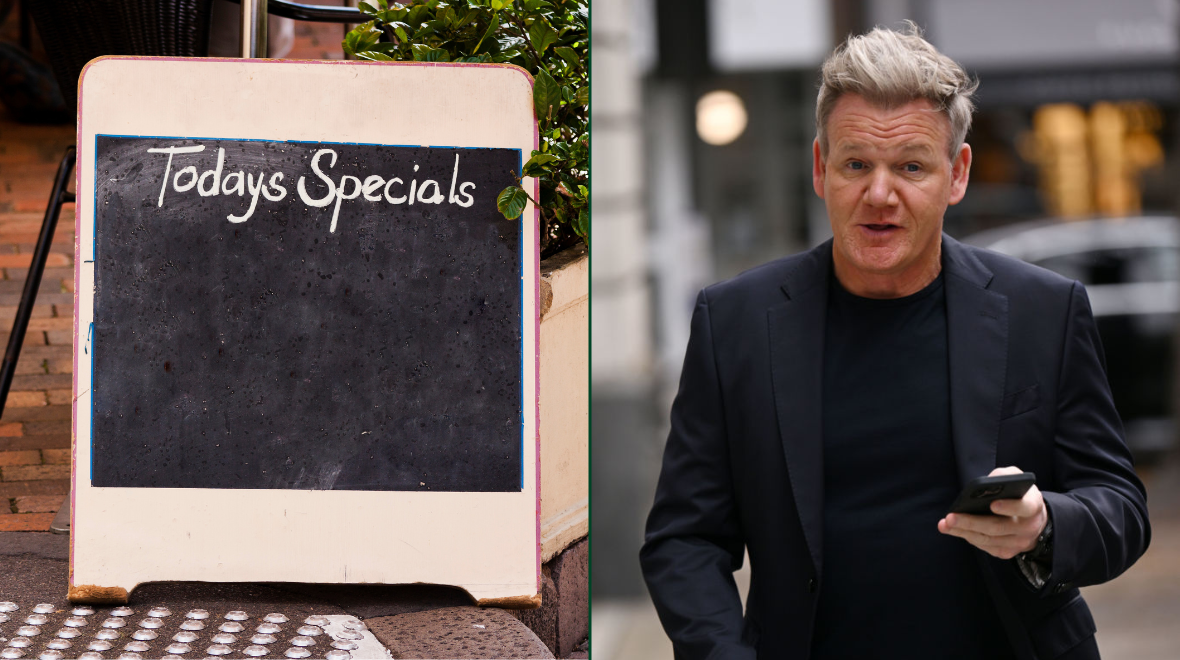



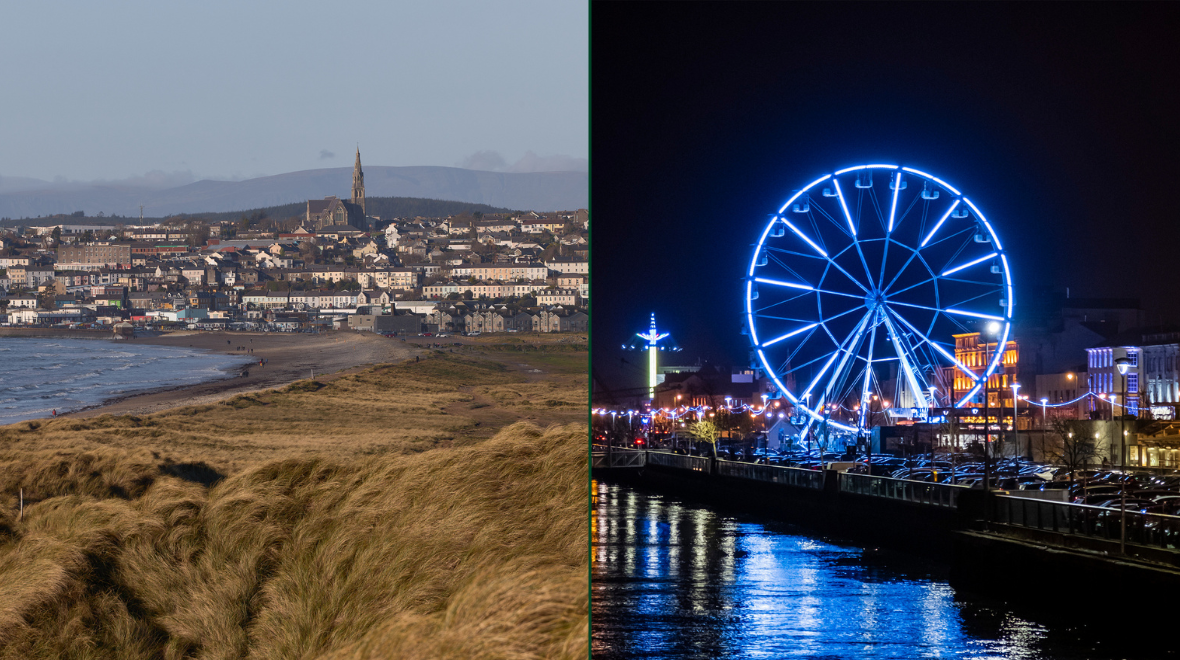


MORE FROM Lovin












